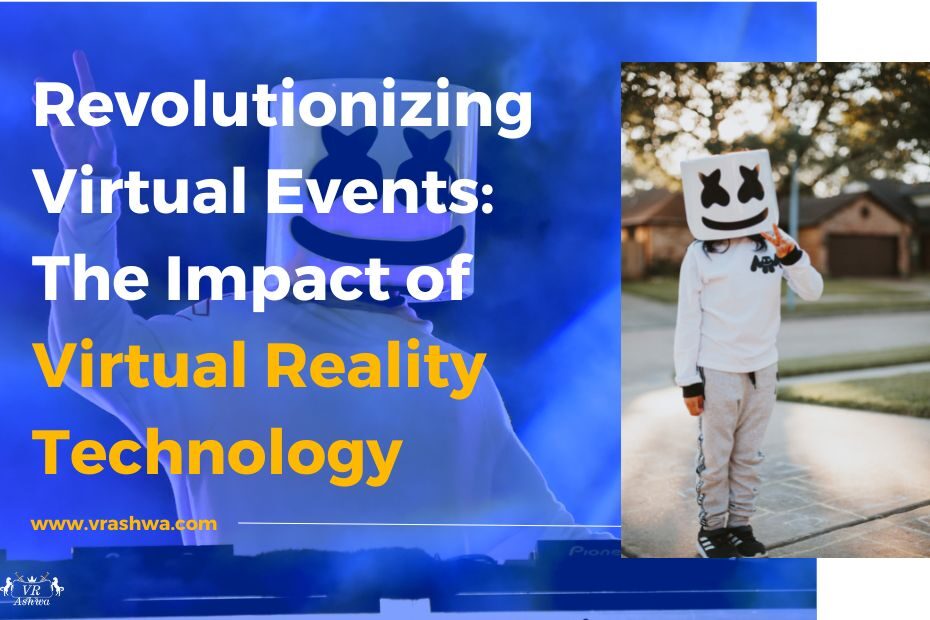Virtual reality has come a long way since its inception. From being just a figment of the imagination to become a reality, it has changed how we experience things. With the emergence of VR headsets and games, the world is now at our fingertips. In this blog, we will explore how virtual reality is revolutionizing the world of events.
Creating Immersive Performances
When global superstar Marshmello was invited to headline the UEFA Champions League 2021 final Opening Ceremony, he turned to virtual reality to give the 380 million fans watching a show they had never seen before. With VFX and game engine technology, 3D cameras, and real-time virtual production, Marshmello’s 6-minute VR set was designed to “bend reality,” It did. Fans looked on as a giant Marshmello walked through the streets of Europe’s capitals, danced with an army of fellow Marshmellos, played guitar while fireworks went off behind him, and raised the volume as the stadium filled up with water.
But VR isn’t just for global superstars like Marshmello. It’s for everyone. With VR technology, event organizers can easily bring a subject to life through a VR experience. For instance, learning about new and innovative medical equipment is much more impactful if you can ‘watch’ it is used in surgery rather than just hearing it being described. AltSpace achieved precisely this through its VR-powered conference, vMed20.
Enhancing Conference and Presentation Experiences
VR also provides an excellent opportunity to showcase products at virtual events. Attendees can appreciate a product from 360 degrees, giving them a better understanding of its features and benefits. Speaking about the decision to use VR, Carl Pei, Co-Founder of OnePlus, said, “In our industry, product launches tend to be the same. An auditorium, a keynote, and a seated audience. For the OnePlus 2 launch, we didn’t want that barrier between you and us. We wanted to invite you into our world because you’re a major part of it. That’s why we decided to unveil the OnePlus 2 completely in VR.” Attendees could tour the office and meet the team and other fans. On the day of the launch, fans could watch the event on their Android app or on YouTube.
Providing Front Row Entertainment Experiences:
Put on a VR headset, and you can transport yourself to the front row of a musical festival – an experience you can’t get from watching a YouTube video. FOX Sports’ VR-powered broadcasts of NBA games let attendees wearing Oculus headsets experience the thrill of watching basketball greats live in action. Halestorm’s virtual reality concert is another great example of how the entertainment industry is adopting this technology.
Bringing Causes to Life:
VR also has the power to bring non-profit organizations’ causes to life.
Through 360-degree video, donors can step into the shoes of those who need their aid. The Royal Trinity Hospice, for instance, created a VR video tour that takes viewers through the entire grounds of the hospice and highlights its services. Through this, potential donors can understand the impact their aid will have.
Conclusion
In conclusion, virtual reality is the future of events. With VR headsets and games, attendees can have a more immersive and interactive experience. Whether showcasing products, learning about new medical equipment, or donating to a non-profit organization, virtual reality can bring it all to life. So, it’s time to strap on that VR headset and experience the world like never before!

